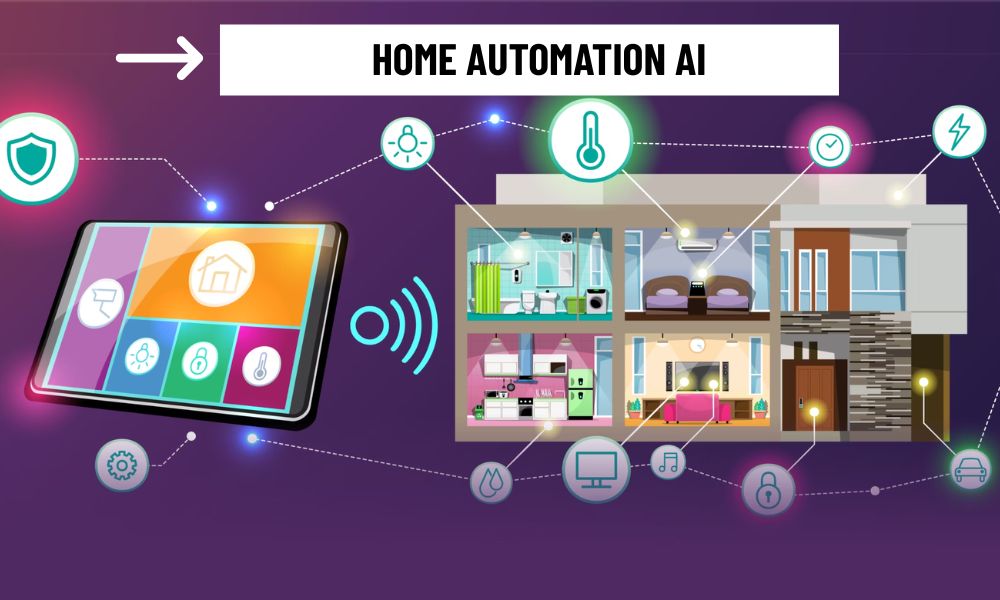The concept of home automation has evolved significantly in the past decade. What once referred to basic remote control of lighting or temperature has now expanded into fully intelligent living environments powered by artificial intelligence (AI). No longer reactive, smart homes today are becoming predictive, adaptive, and increasingly autonomous. This transformation is reshaping how we interact with our living spaces and redefining the idea of home comfort and convenience.
Understanding AI in the Smart Home Context
Home automation refers to the ability to control various household systems—such as lighting, HVAC, security, and appliances—through centralized or remote systems. While traditional automation follows predefined rules or schedules, AI introduces a new level of flexibility and intelligence by enabling systems to learn from human behavior, adapt in real time, and make decisions without explicit commands.
AI in home automation is fundamentally about machine learning and contextual awareness. These systems collect and analyze data from sensors, user interactions, and external inputs like weather or time of day. Over time, they become capable of anticipating user needs and adjusting behavior accordingly. The result is a home environment that not only responds to commands but also proactively improves the living experience.

Key Applications of AI in Home Automation
One of the most common applications of AI in smart homes is climate control. Smart thermostats, like Google Nest, use AI to learn occupants’ preferences, daily routines, and weather conditions to automatically adjust temperature settings. This not only enhances comfort but also improves energy efficiency and reduces utility costs.
Lighting is another area where AI is having a significant impact. AI-powered lighting systems adjust brightness and color temperature based on time of day, presence detection, or even the emotional state of the user. For instance, the system might brighten lights in the morning to support natural wake-up rhythms and gradually dim them at night to promote relaxation.
In the area of security, AI adds a layer of intelligence to traditional alarm systems. Facial recognition, behavior analysis, and anomaly detection help distinguish between normal and potentially threatening situations. These systems can notify homeowners of unusual activity, even when they’re away, and in some cases take automated action, such as locking doors or turning on lights.
AI also enhances voice assistants. Systems like Alexa, Google Assistant, and Siri are evolving from basic voice command tools to interactive platforms that understand context, intent, and even tone of voice. This makes interactions with the smart home more natural and intuitive.
The Benefits and Challenges of AI in Smart Homes
The integration of AI into home automation offers several compelling benefits. It improves energy efficiency by optimizing the use of heating, cooling, and lighting based on real-time data. It enhances convenience by learning preferences and automating routine tasks. It increases security by providing intelligent monitoring and response. And it makes smart homes more accessible, especially for elderly or disabled individuals who may benefit from voice control and automation.
However, these benefits come with challenges. Privacy is a major concern, as AI systems rely heavily on data collection. Homeowners must be aware of how their data is used, stored, and protected. Additionally, interoperability remains a challenge, as different devices and platforms may not always integrate seamlessly. Reliability is another consideration—AI systems must be robust enough to operate independently without frequent human intervention or technical failures.

The future of AI in home automation
The future of AI in home automation is moving toward even greater personalization and autonomy. Developments in ambient computing, edge AI, and emotion-aware systems suggest that smart homes will soon be capable of understanding not just what we say, but how we feel. Rather than responding to commands, homes will begin to sense moods, detect subtle behavioral changes, and offer proactive support.
Architects and designers are also rethinking residential spaces to accommodate these advancements. Smart homes are no longer defined by the gadgets they include, but by the experiences they create. The architectural layout, choice of materials, and interior design are being reconsidered to support seamless technology integration and human-centric living.
Artificial intelligence is rapidly transforming the home automation landscape. By combining data-driven intelligence with automation, AI enables homes to become more efficient, secure, and responsive than ever before. As the technology matures, it will continue to blur the line between digital systems and everyday living, offering a future where homes truly understand and care for the people within them.
For homeowners, developers, and technology companies alike, now is the time to rethink what “home” means in the age of intelligent automation.
